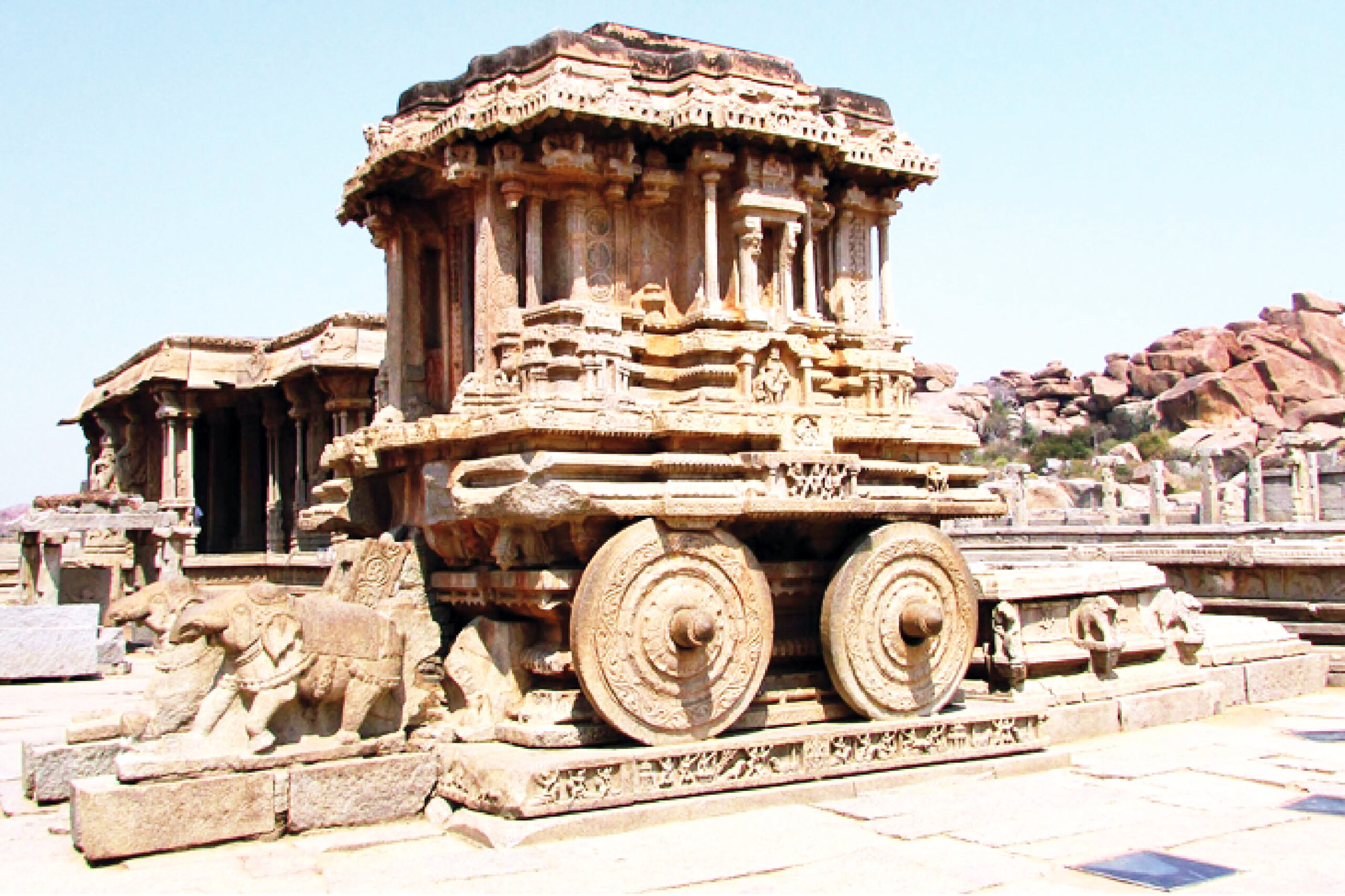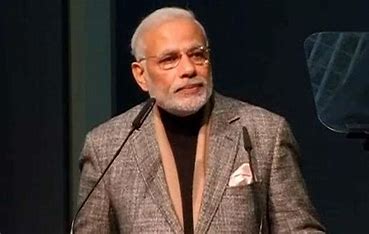
In 2016, Rajiv Malhotra, an intellectual of repute, wrote The Battle for Sanskrit, in which he recalled an incident where a group of wealthy non-resident Indians (NRIs) in New York had teamed up with the top administrative leaders of Shringeri Peetham in India and representatives of Sringeri Peetham in the US to set up a university chair in the name of Adi Shankara. They had by 2014 already collected $4 million for the chair, which was to be created at Columbia University. And to head the chair they had zeroed in on Sheldon Pollock, a prominent American Sanskrit scholar.
Most Indians involved with the project were brimming with pride at the prospect of Pollock heading the chair named after Adi Shankara. For, ostensibly, he was an ardent advocate for the revival of Sanskrit. What many of them didn’t realise was that his idea of revival was, as Malhotra writes, “the reinvigorated study of Sanskrit as if it were the embalmed, mummified remnant of a dead culture”. He wanted to see the revival of Sanskrit studies, and not the Sanskrit language or culture! He loved Sanskrit but bereft of its “sacred” identity.


Probed deeply, one realises that Pollock has nothing but deep-seated abhorrence for Sanskrit culture, so much so that he even partly blames “Brahmin elitism” for shaping the ideologies of British colonialism and German Nazism. At another place, he accuses Sanskrit of offering “at one and the same time a record of civilisation and a record of barbarism, of extraordinary inequality and other social poisons”. Given this ideological understanding, is it any surprise that Pollock saw the Ramayana as a weapon for inflicting violence by Hindus against Muslims? One wonders if he would hold a similar critical, unwavering, iconoclastic view for Latin, or for the religious texts of other organised religions that invariably divide humanity into two watertight compartments, where the twain shall never meet and one side is invariably condemned to suffer howsoever righteous they might be!
The episode raises two pertinent questions: Why do most mainstream intellectuals, in the West and in India, carry one yardstick for Hinduism and another for other religions, especially the organised ones? And two, why do even well-meaning Indians, in this case the people involved in setting up a chair for Adi Shankara, end up being so gullible to support those very forces that have been antithetical to their very existence?
If one finds answers to these two questions, probably one can also understand why at a time when the world should be observing the 20th anniversary of 9/11 and pondering where it has gone wrong in Afghanistan, there’s a three-day event being organised in the US on 10-12 September analysing ways at “dismantling global Hindutva”. Interestingly, the event is being co-sponsored by more than 40 American universities led by Columbia, Princeton, Berkeley and Harvard!
The apologists would soon jump into the debate and claim that the event has nothing against Hinduism. It is against Hindutva, they would say. This is the latest ruse to target Hinduism. It’s like making a difference between good Taliban and bad Taliban! The fact is Hinduism can’t be good if Hindutva is bad. For these very people questioned author Gurcharan Das, as he recalled in his book, TheDifficulty of Being Good, when he showed interest in reading Hindu texts like Mahabharata, Manusmriti and Kathopanishad. A self-proclaimed leftist and secularist asked, “You haven’t turned secular, have you?” These very people, when in public, differentiate between Hinduism and Hindutva, but in private show their utter disdain for both.
A similar disquiet one finds in the writings of well-known economist and self-proclaimed historian Amartya Sen who, while celebrating the “argumentative” nature of Indians, never acknowledges that this is precisely because of their innate Hindu-ness. In his book, The Argumentative Indian, he says that those who speak of a Hindu civilisation “are the promoters of a narrowly Hindu view of civilisation”.
An episode surrounding American author Wendy Doniger is equally revealing. When she encountered massive protests for writing “an alternative history” of Hindus, which was actually a flippant, mischievous attempt to exoticise, eroticise and psycho-sexualise Hindu religion and traditions, Doniger gave an interesting defence: Oh, I didn’t write this book for Indians; it was for my American students. I never thought Indians would ever read this!
What’s even more ironic is that Doniger and her ilk make such sweeping—often damning—generalisations about a community which is a minority in the US. Spreading misinformation or hate, in the garb of scholarship, may put the lives of these people in jeopardy. One wonders why the American academia, which otherwise projects itself as an upholder of minority rights, never bothers to care for American Hindus. Or, the US universities, which swear by free speech, never sponsor a “Global Hindutva” like event calling for the dismantling of political Islam or evangelical Christianity.
One can understand why most mainstream intellectuals, in the West and in India, with a predominantly leftist bent of mind, treat Hinduism so condescendingly. Because Hinduism is seen as the glue that keeps the nation together, gives it a unique identity. It is this “dead wood” of the ancient past, which Jawaharlal Nehru wanted Indians to chop off to become a modern nation, that has given us a character that is innately liberal and secular. India is not liberal because our founding fathers at the time of Independence desired so; India is liberal because it has always been so for millennia. It is secular because it still pursues Hindu ethos. One just needs to look at the landmasses that got separated from India as late as 1947 and the fate of minorities there!
It’s understandable why forces that want India divided and diminished paint it black, but why do well-meaning Indians, as in the Adi Shankara chair case, end up supporting those very forces that question their very existence? One, there is a lack of real conviction among them. A former journalist of repute, who is otherwise an unapologetic Right-winger, once told me in private: “I am a Brahmo, not a Hindu!” We lost touch, but his words remained with me, constantly reminding me what’s wrong with the Right today! Then, of course, there are those who have internalised what their ideological adversaries have been saying all these decades. A year back, I met a top functionary in an esteemed social sciences research body, who in an attempt to showcase the quality of research work being done during his tenure, could just show up the accolades his institution had received from international social sciences bodies!
Their legitimacy still matters! Our intellectuals still want to be judged by parameters whose scales have always been tilted against India. No wonder, there may be a paradigm shift in the sphere of governance in the country, but academia continues to work as before. It seems nothing has changed. Just the people presiding these bodies are different! And this explains when it comes to India, its ancient past and traditions, why people like Pollock are still having the cake and eating it too! This also explains why Indians, despite being influential in American politics, do so little to make amends in US academia, universities.
Be that as it may, the fact is there are protests being organised this time. It may not be well-organised, but at least there is an attempt to register their reservations. Meanwhile, these pressure groups should also look at how other communities—from Christian, Jew and Muslim to Chinese—operate, and why such events invariably target Hinduism, of course in the name of Hindutva, which is nothing but an excuse. For, it’s Hinduism which is—and has always been—the real target.















